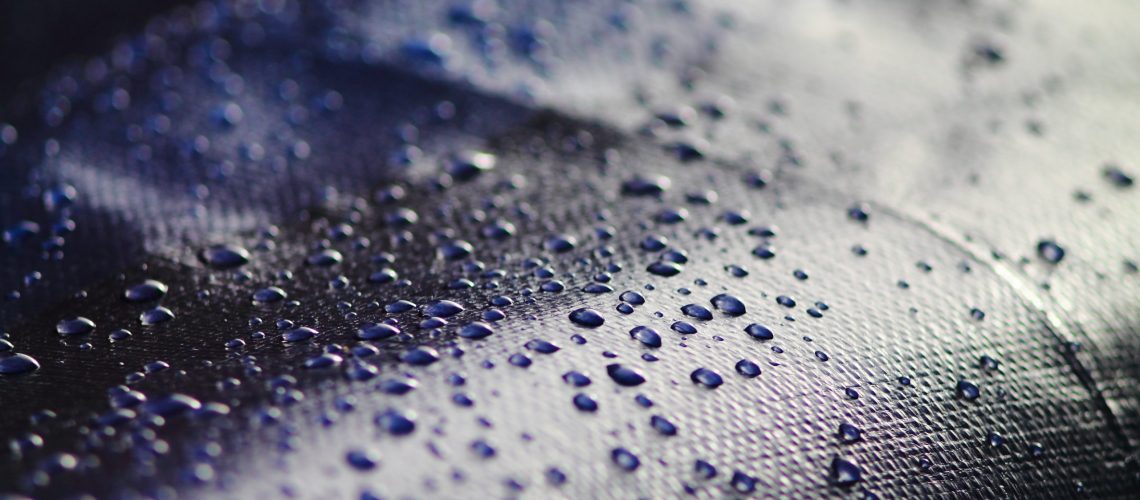
How to clean you PVC coated tarp in 5 easy steps.
Wondering if it’s ok to use your regular detergent to clean up your tarp?
Look no further, you have come to the correct place. PVC coated tarps are a great investment and they help keep your items protected; therefore, it is natural to provide maintenance to keep them in good condition.
First though, it is important to understand the properties of your PVC coated vinyl tarps.
These tarps are composed of polyester fabric at its core with PVC coatings on the exterior; this feature enables the tarp to have waterproof, UV resistant, anti-mildew and fire-resistant properties while making it flexible and easy to handle. As a result, it’s important to be aware that because of their chemical composition, they can be damaged if cleaned with abrasive substances.
Importance of cleaning your tarps
Cleaning your tarp regularly will prolong its life and will help prevent the accumulation of environmental pollutants such as dirt and animal waste, as well as the generation of mildew and other agents that cause the tarp to weaken and age prematurely.
Preventive maintenance is vital for the protection of the PVC coated tarp, as it slows down the degradation process and prolongs its optimal use time.
Steps to clean your tarp
1. Extend your tarp on a flat and clean surface and apply water on it
It’s important to lay the tarp on a clean and flat surface, removing any rocks or objects that could damage it. Once the tarp has been extended, start off by spraying water on it in order to loosen up any dirt or waste residue, then let it sit for 5-10 mins.
2. Clean the tarp manually with soft fiber without damaging the plastic film
If you notice that there are some spots that won’t come off with water, grab a soft fiber and gently rub the spot until it comes off, during this step you can use mild soap without any abrasives to clean your tarp. Keep the tarp away from any type of thinner or solvents.
3. Dry the material with a fiber as you clean it
To keep from damaging the material it’s important to dry off any excess water and don’t let water sit too long or else it could affect the tarp’s durability.
4. In areas with dirt accumulation, apply more pressure to remove the stain completely
When removing very strong bitumen or grease stains, use a water-based biodegradable degreaser or aliphatic solvent to avoid damaging the tarp’s surface and deteriorating its finish. Never use solvents (acetone, thinner, white spirit) as this can damage the plastic film exposing the polyester reinforcement, accelerating its degradation process; also avoid the use of brushes and metallic fibers.
5. Once finished you can do a third pass with water, drying everything thoroughly before storing.
This last step is very important because if the tarp is not completely dry and you store it with some parts being humid, mold can grow on the tarp affecting the durability and optimal use of it. Additionally, it is important to prevent grease, dirt, and other fecal matter from accumulating on the tarp in order to prevent anticipated deterioration.
Additional care tips:
- To keep your tarp in the best conditions it’s recommended that you keep it stored in a ventilated and dry place.
- Do not step on the fabric with incorrect footwear when you are cleaning it, you could tear it or damage it.
- Keep a registry of the times you provide maintenance to your tarps. We recommend you follow these steps at least every 6 months to extend your tarp’s durability.





